After the province was re-established in 1992, Ninh Binh tourism industry has been constantly innovated and developed. Ninh Binh province has promptly issued policies and mechanisms, in which bold and innovative decisions are key factors.
From 2001 to present, Ninh Binh Provincial Party Committee has issued 4 thematic resolutions on tourism development: Resolution No. 03 (2001) on tourism development to 2010; Resolution No. 15 (2009) on tourism development to 2020, with a vision to 2030; Resolution No. 02 (2016) on preserving and promoting the value of Trang An World Heritage Site and most recently Resolution No. 07 (2021) on tourism development in Ninh Binh for the period 2021-2030, with a vision to 2045, to concretize the Resolution of the 13th National Party Congress, which determined to develop Ninh Binh into a tourism center of the region and the whole country, aiming to make tourism a spearhead economic sector with many types of tourism. Ninh Binh promotes tourism development and brand building based on the rational exploitation of natural resources, cultural history, associated with environmental protection and sustainable tourism development.
Ninh Binh is known as a place with rich tourism resources, with many famous scenic spots, diverse terrain, mountainous areas, plains and coastal plains, temperate climate, rich forest vegetation system, full of nuances of Vietnam in miniature. In addition, Ninh Binh was also the capital of Vietnam from 968 to 1010 with 3 dynasties Dinh - Le - Ly; at the same time, it was also an important military area through historical periods, with a special position in terms of traffic, terrain, cultural history, and natural resources. Ninh Binh is currently one of the tourist centers with rich and diverse potential.

In 2014, Trang An Scenic Landscape Complex was recognized by UNESCO as a World Cultural and Natural Heritage, the first mixed heritage in Southeast Asia, due to its special values of geology, geomorphology, historical, cultural and archaeological relics containing unique, distinctive and most valuable tourism resources of Ninh Binh province.
Regarding Van Long Wetland Nature Reserve, in 2019, the 13th Conference of the Parties to the Ramsar Convention decided to award a Certificate of Recognition of Van Long Wetland Nature Reserve as a Ramsar site, a wetland of international importance; this area also achieved two natural records: "The reserve with the largest herd of douc langurs in Vietnam" and "The area with the largest natural picture in Vietnam - Meo Cao Mountain". Thus, Van Long Wetland Nature Reserve not only has value in biodiversity conservation, serving scientific research, but also has conditions for developing ecological, cultural and historical tourism.
Cuc Phuong National Park is recognized as the first National Park in Vietnam, established in July 1962. This is a place to preserve many diverse and rich species of animals and plants. This is not only the leading nature reserve in Vietnam, but also an attractive tourist destination with many types of tourism: Ecological, environmental, scientific research. In particular, 2023 is the fifth consecutive year that Cuc Phuong National Park has been voted by the World Travel Awards as Asia's Leading National Park.
Kenh Ga - Van Trinh Tourist Area is being planned and invested to become an international-class complex tourist area, with many types of resort and sports tourism, combined with sightseeing to learn about the culture and life of local people, especially the customs of living on the river in Kenh Ga floating village. This place has a hot mineral spring, odorless, with a stable temperature of 53⁰C, which has been assessed by the Ministry of Health as having high value for human health. This is a hot mineral spring that has been included in the top 5 hot mineral springs attracting visitors in Vietnam by the Vietnam Record Book Center.

Ninh Binh is also famous for its Karst cave mountain system, possessing many beautiful mountains and caves, many natural lakes, ecological landscape, cool climate, favorable for developing resort and sports tourism.
The Kim Son coastal alluvial area, the coastal estuary has a long strip of fine sand, interspersed with swamps and mangrove forests... 18 km long, with an area of about 105,000 hectares, most of which still retains its pristine state. This place is home to more than 500 species of aquatic animals, 50 species of coastal estuary wetlands and 200 species of birds, many of which are rare and precious and have been listed in the Vietnam Red Book. Since Bai Ngang - Con Noi was recognized as part of the Red River Delta Biosphere Reserve, this area has been identified as having value for ecotourism, marine tourism and attracting the attention of tourists. Along with exploiting the potential of natural tourism resources, the Ninh Binh tourism industry is also very interested in investing in and exploiting cultural and historical resources. According to data from the Department of Culture and Sports, as of December 31, 2020, Ninh Binh province had 1,821 historical and cultural relics, of which 379 relics were ranked at provincial level or higher.
By the end of June 2023, tourist areas and spots in the whole province had welcomed 4,530,000 visitors, an increase of 2.5 times over the same period last year. Revenue is estimated at 3,846 billion VND, an increase of 2.94 times over the same period in 2022. To attract tourists, in recent years, Ninh Binh has taken advantage of its tourism resources, renewed existing products, and continued to strive to achieve the goal of Ninh Binh tourism basically becoming a key economic sector by 2025 and tourism truly being a sector that accounts for a large proportion of the local economic structure by 2030.
Ninh Binh Tourism Industry has proposed many solutions to develop tourism types, build brands of tourism products, on the basis of rational exploitation of natural resources, cultural history associated with environmental protection, sustainable tourism development, specifically:
Cultural, historical and spiritual tourism: This type of tourism is developed on the basis of exploiting cultural values, contributing to the preservation and promotion of traditional cultural values, honoring new cultural values of humanity. In fact, the tourist destinations that tourists visit the most when coming to Ninh Binh are: Hoa Lu Ancient Capital, Bai Dinh Pagoda and Trang An, in which Bai Dinh Pagoda and Trang An are both world heritage sites. Trang An scenic complex has a combination of prehistoric archaeological sites, many traditional architectural works that have been ranked, combined with many traditional festivals, attracting tourists such as: Trang An Festival; Bai Dinh Pagoda Festival; Thai Vi Temple Festival...
Ecotourism: Ecotourism is a type of tourism based on nature, associated with local cultural identity, with the participation of local communities, combined with environmental protection education. From 2016 to present, Ninh Binh tourism industry has actively invested in Trang An, Tam Coc - Bich Dong ecotourism areas; Bird Garden - Thung Nham, Cuc Phuong National Park, Mua Cave Tourist Area; Van Long Wetland Nature Reserve... In general, ecotourism routes in Ninh Binh are quite diverse and rich, and all tourist areas have regulations on environmental protection and instructions for tourists to maintain public hygiene at tourist destinations. Resorts are built near key tourist destinations of the province, with many amenities and experiences for tourists.
Experiential tourism and sightseeing: Experiential tourism is a form of tourism that brings spiritual values, life skills and new experiences to tourists. In Ninh Binh, based on the characteristics of natural resources and culture of each locality, tourism businesses have built tourism programs, combined with sightseeing, mainly taking place at tourist destinations such as Trang An, Bai Dinh, Cuc Phuong National Park, Tam Coc - Bich Dong; Bird Garden - Thung Nham... In particular, international tourists like to ride bicycles to explore the beauty of the countryside, learn about local culture, experience agricultural production and local culinary culture.
Rural agricultural community tourism: This is a type of agricultural tourism that takes place in rural areas, with small-scale businesses, open spaces, visitors have direct contact and are immersed in nature, associated with typical characteristics in rural areas, associated with traditional village culture. Currently, in Ninh Binh province, this type of tourism has been developed in the communes of Ninh Hai, Ninh Thang, Ninh Xuan, Hoa Lu district. This area has beautiful, rich natural landscapes, very favorable for organizing rural agricultural community tourism, bringing stable income to many households.
According to the report of the Department of Agriculture and Rural Development, from 2018 to the end of 2022, Ninh Binh province had 101 products ranked as OCOP (of which 68 products achieved 4 stars, 33 products achieved 3 stars).
In 2022, Ninh Binh province has 8 districts and cities with products participating in the OCOP product classification assessment with 47 products. OCOP products are developed evenly in districts and cities, have the ability to compete in domestic and international markets, serve tourists, increase people's income, contribute to the development of agricultural and rural economy.
Tam Coc rice fields were once listed in the top 15 "Beautiful but little-known" destinations by the Telegraph (UK). With such potential values, rural agricultural tourism products in Ninh Binh are gradually being formed, helping to effectively exploit the values of rural landscapes, contributing to maintaining and preserving the traditional cultural values of the locality.
The rural tourism model in Ninh Binh was first formed and put into operation at Van Long Wetland Nature Reserve. The special thing about community tourism products is that the people play a core role, providing services for tourists, especially foreign tourists. They take advantage of primitive means such as buffalo carts and bamboo boats, organize tourism activities, guide tourists back to nature, eat, stay, live with their families and participate in daily activities of the community, as well as local festivals.
Sports tourism: In recent years, sports tourism has become very popular in the world and in Vietnam with many new and competitive experiences, bringing excitement to visitors. With the advantages of diverse terrain and invested infrastructure, Ninh Binh has favorable conditions to organize a number of sports tourism activities such as: Gold (Nho Quan, Tam Diep), Marathon (Cuc Phuong, Trang An route), Trakking (Cuc Phuong)... However, sports tourism in Ninh Binh is still quite new, the sports services provided to tourists are mainly for the golf market.
In recent years, the tourism industry has coordinated with authorities at all levels to prepare facilities and organize many cultural and tourism events that have attracted the attention of a large number of domestic and foreign tourists, such as: Trang An Festival, Hoa Lu Festival, Ninh Binh Golden Tam Coc Tourism Week... The events are organized professionally and thoughtfully, increasingly affirming the Ninh Binh tourism brand on the domestic and international tourism map.
Developing tourism into a spearhead economic sector is an important strategic orientation of the province, the responsibility of the entire political system, all levels, sectors and the whole society, with unified leadership and direction of Party committees and authorities at all levels.
Strive to turn Ninh Binh into one of the tourist centers of the country and the region on the basis of rational exploitation of natural resources and cultural history. Prioritize the development of high-quality, sustainable tourism in the direction of "Green Growth". Focus on preserving and promoting the historical, cultural values and fine traditions of the nation and the province, creating unique, attractive, high-quality tourism products bearing the Ninh Binh tourism brand. At the same time, develop both domestic and international tourism, focusing on tourists who need to use high-class services.
In the coming years, Ninh Binh tourism industry will focus on innovation, promoting socialization, linking, mobilizing and effectively using all resources of natural resources, cultural history, and human resources to develop tourism in the context of international integration and the fourth industrial revolution.
Strongly promote the role of enterprises, effectively solve labor, employment and social security issues and ensure harmony between the interests of the State, enterprises and local people in tourist areas, proactively and flexibly respond to complex developments of natural disasters, epidemics and climate change.
Develop programs and regulations to protect, preserve and promote the value of tourist attractions, including specific regulations on the responsibility to protect, preserve and maintain related architectural works and ecological landscapes. Strengthen propaganda and education, raise social and community awareness, strengthen the protection of natural resources and historical and cultural relics to contribute to sustainable tourism development.
Nguyen Ngoc Quynh
Source


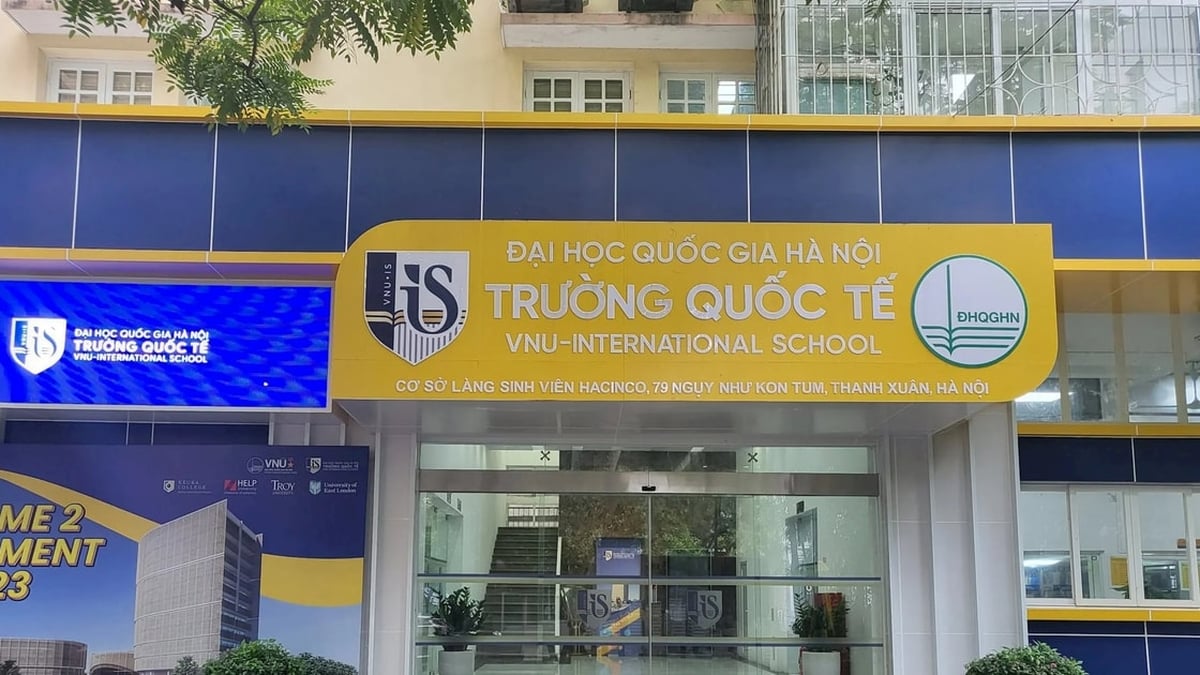

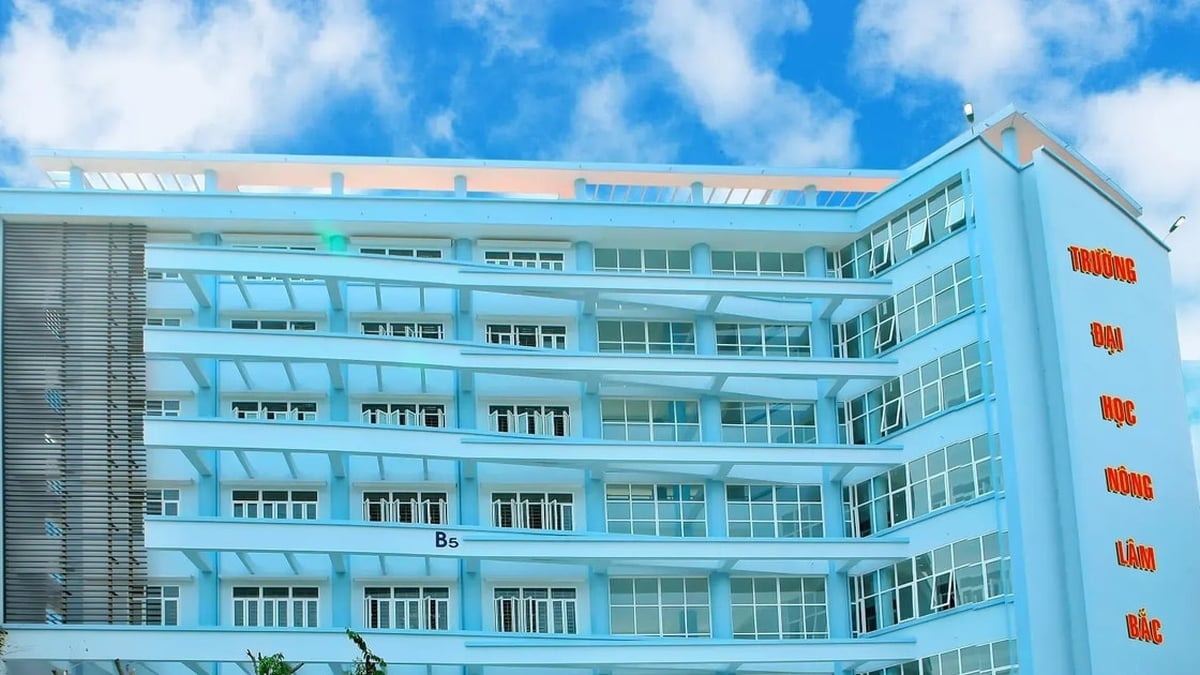

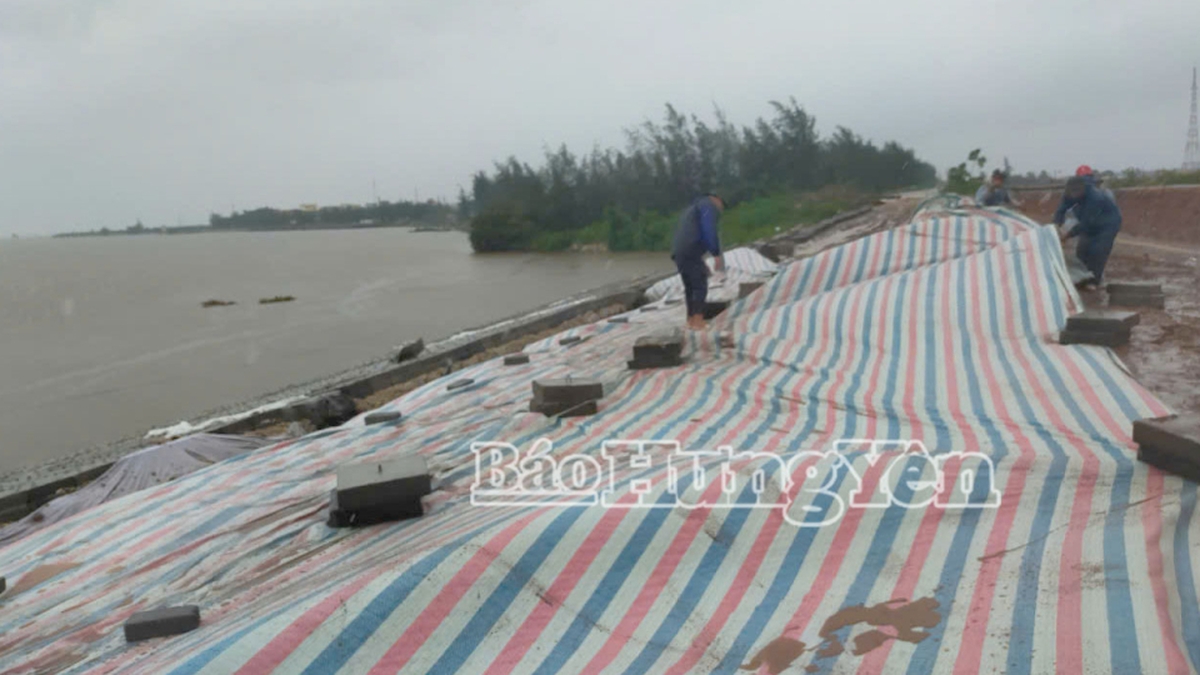
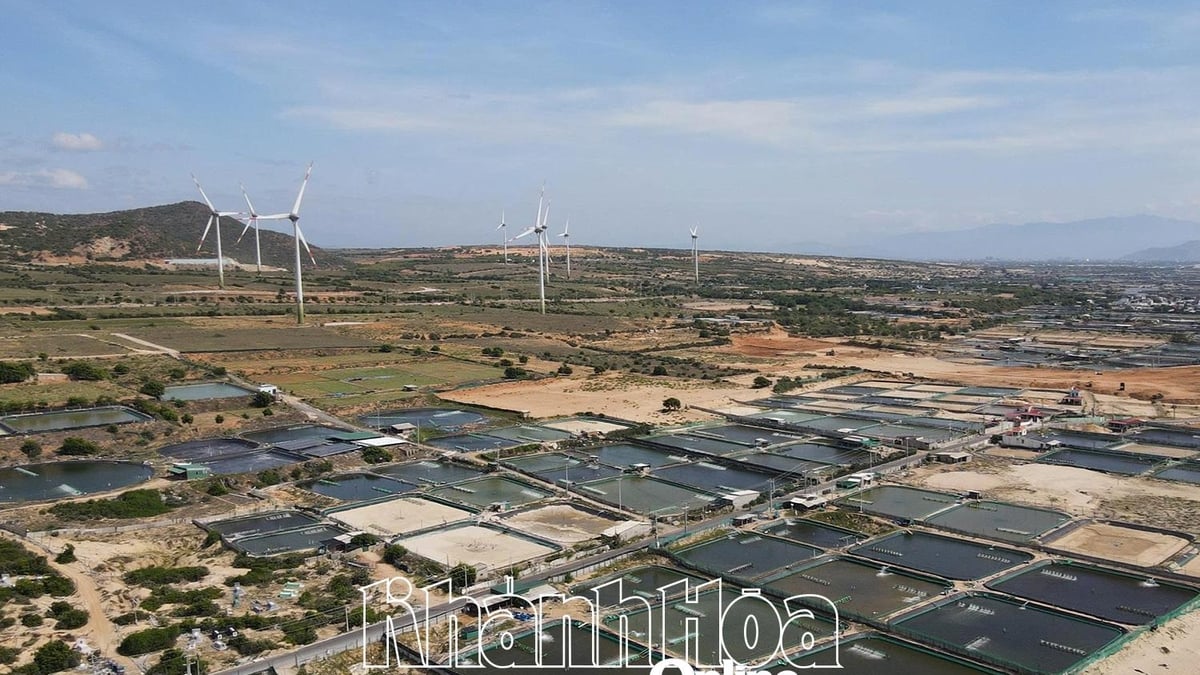
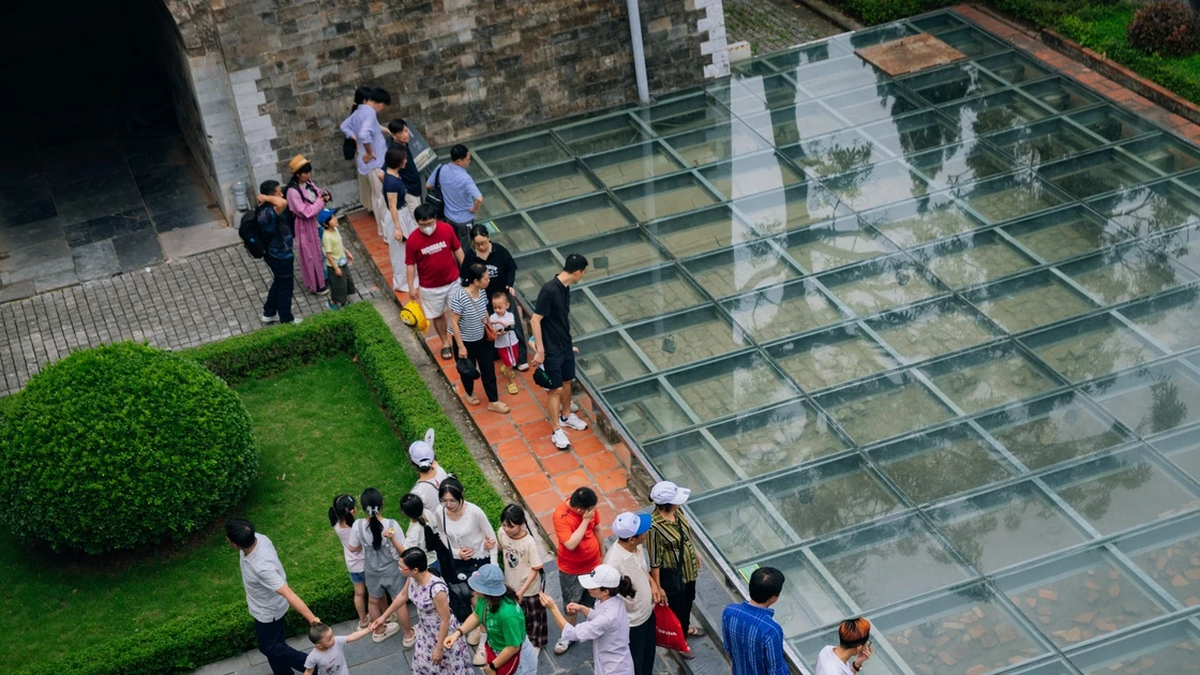
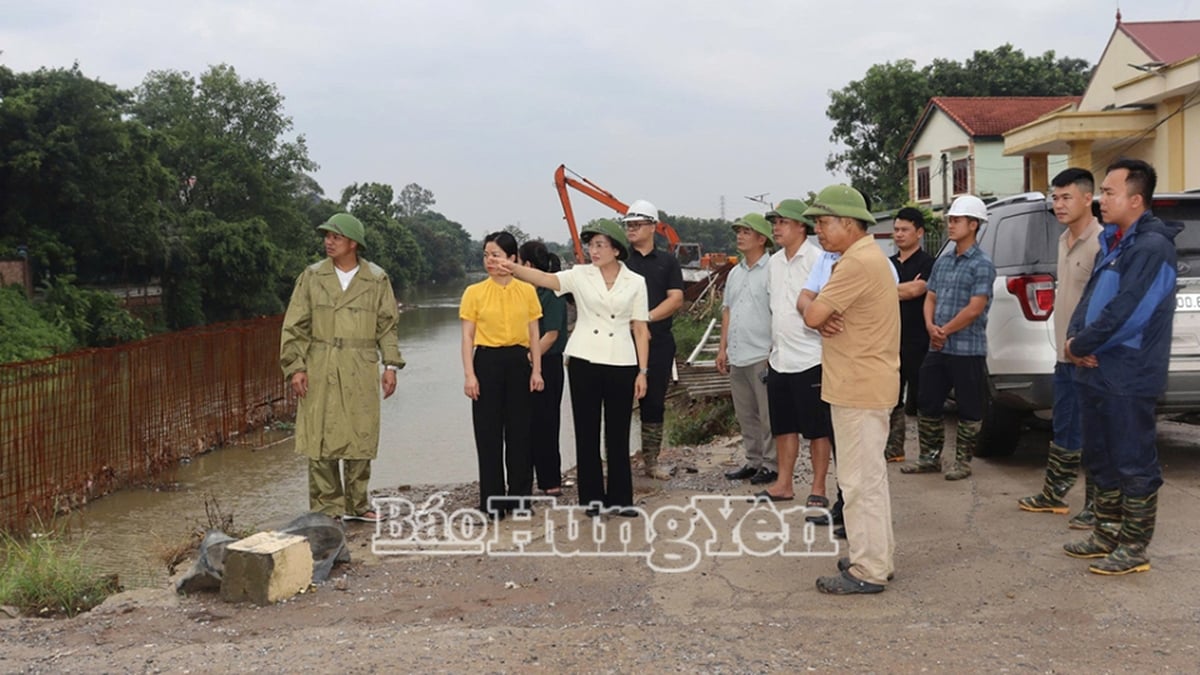
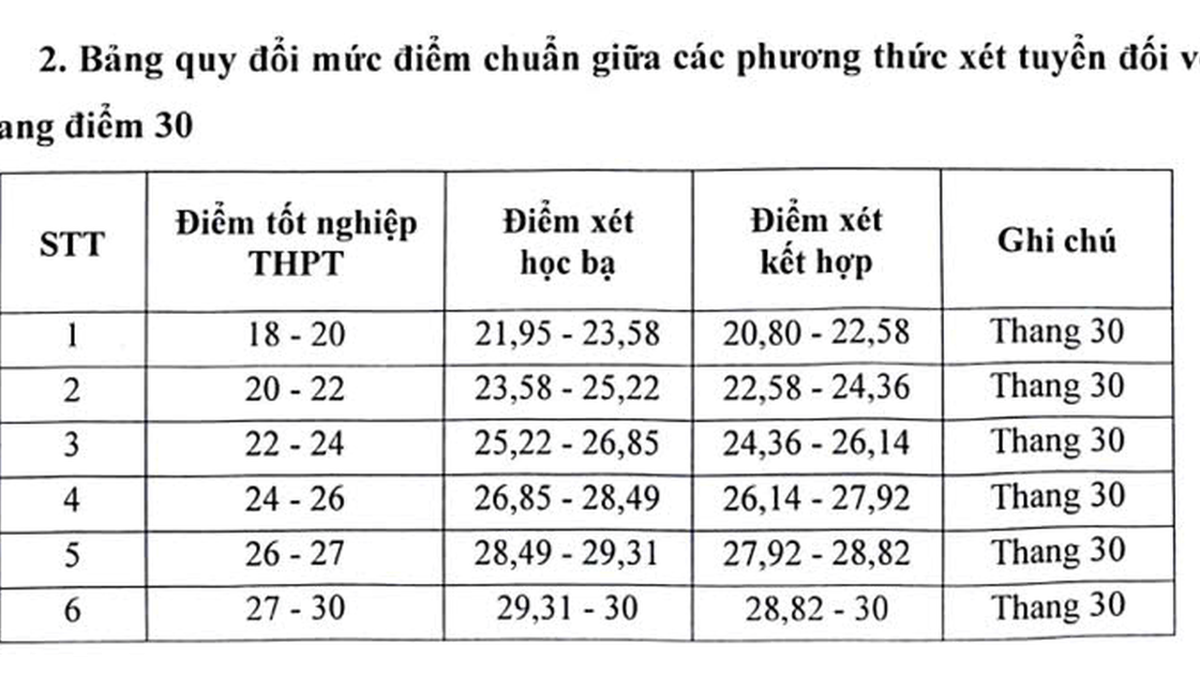
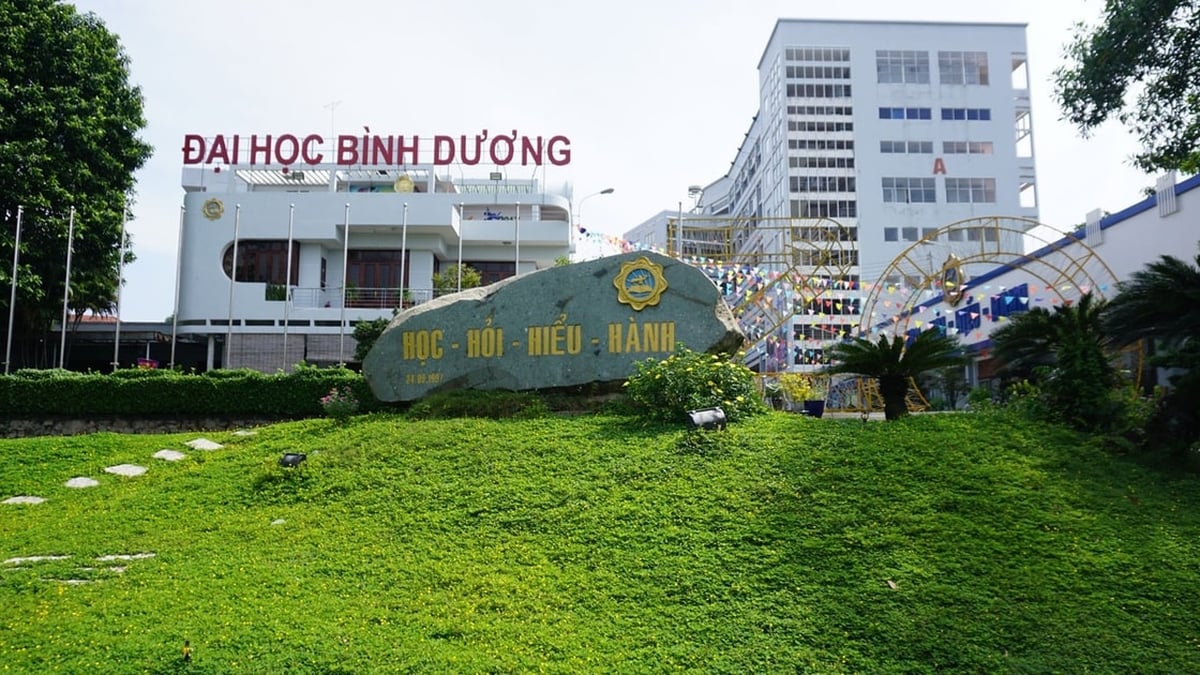

















![[Photo] National Assembly Chairman Tran Thanh Man visits Vietnamese Heroic Mother Ta Thi Tran](https://vphoto.vietnam.vn/thumb/1200x675/vietnam/resource/IMAGE/2025/7/20/765c0bd057dd44ad83ab89fe0255b783)







































































Comment (0)